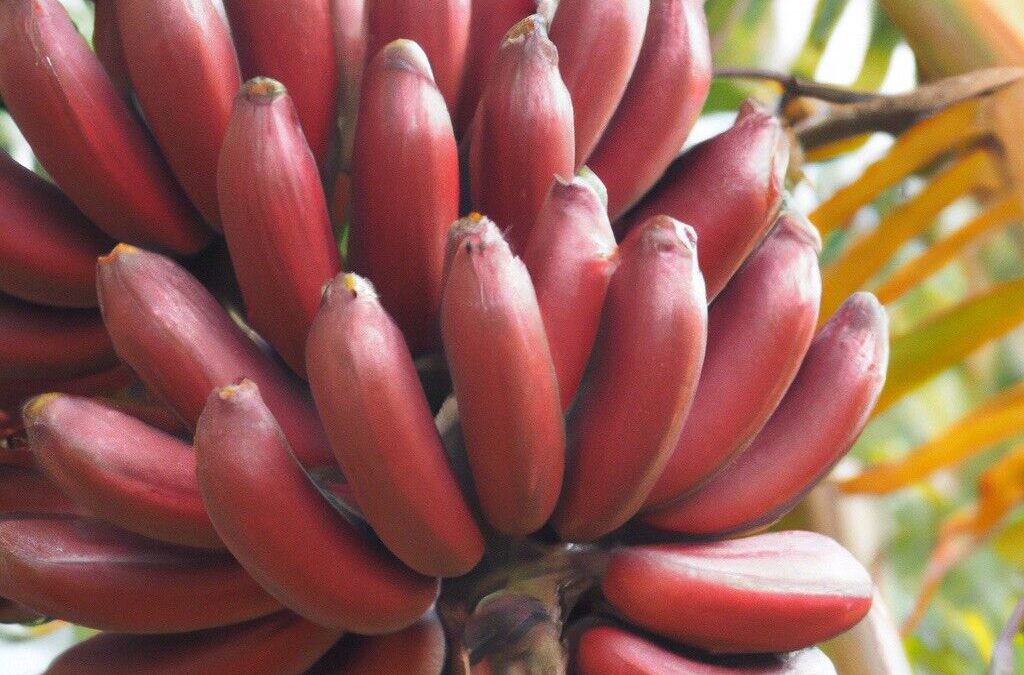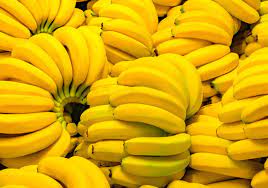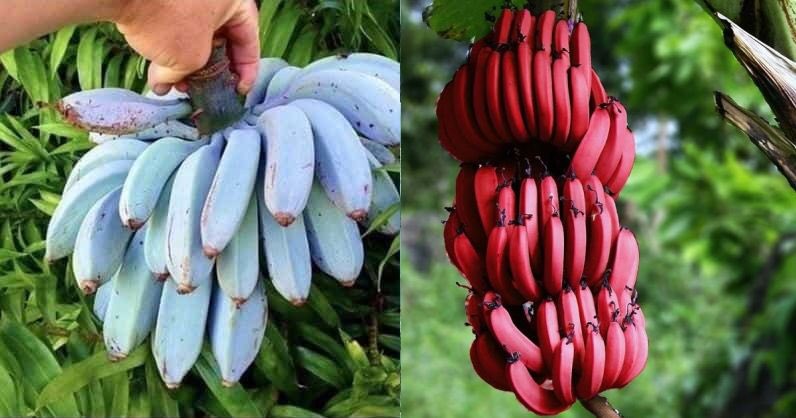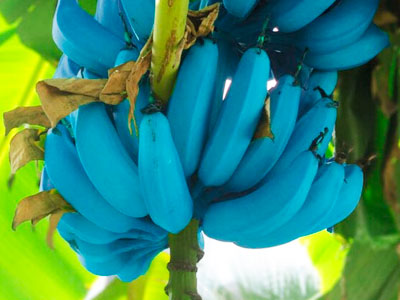Fun Facts About Bananas Unheard Of

Fun Facts About Avocados Unheard Of
May 1, 2023
Fun Facts About Blueberries Unheard Of
May 2, 2023Bananas are scientifically known based on their species. Most cultivated of them are Musa acuminata, Musa balbisiana, and Musa × paradisiaca for the hybrid Musa acuminata × M. balbisiana, variably. So, here are a few fun facts about Bananas (Musa sp.) unheard-of discussed in this post.
Did you know that bananas are berries?
That’s right, bananas are considered a type of berry, scientifically known as a “botanical berry.” Despite being commonly referred to as a fruit, bananas are classified as berries due to their structure and the way they are formed. Botanically speaking, a berry is defined as a fleshy fruit that is produced from a single ovary and contains seeds encased in the flesh. Bananas fit this definition perfectly, as they develop from a single flower with one ovary and have seeds embedded in their soft, sweet flesh.
So the next time you bite into a banana, you can impress your friends with your knowledge that you’re actually eating a berry! Unlike what we typically think of as berries, like strawberries or blueberries, which have seeds on the inside, bananas have their seeds on the outside. However, the seeds are so small and undeveloped that we don’t even notice them when we eat a banana.
Bananas are one of the few fruits that continue to ripen after they’ve been picked. This is why it’s common to buy them when they’re still green and let them ripen at home. In fact, bananas produce a natural gas called ethylene that helps speed up the ripening process not only for other bananas but for other fruits and vegetables nearby. So next time you’re eating a banana, remember that you’re actually enjoying a berry!
Bananas are that they are naturally radioactive! Bananas contain small amounts of the radioactive element potassium-40, which is a naturally occurring isotope found in many foods and even in the human body. But don’t worry, the amount of radiation is so small that it’s completely safe to eat bananas and enjoy their delicious flavor without any concerns.
Did you know that bananas can help you feel happier? Bananas contain an amino acid called tryptophan, which helps the body produce serotonin, a chemical that contributes to feelings of happiness and well-being. So, next time you’re feeling a little down, grab a banana and boost your mood naturally!
READ ALSO: Fun Facts About Avocados Unheard Of
Types & colors of bananas unheard of
Did you know that there are over 1,000 different types of bananas in the world? However, the most common type of banana that is sold in grocery stores worldwide is the Cavendish banana.
The color of a banana can also tell you a lot about its ripeness and nutritional value. When bananas are green, they are high in starch and low in sugar, making them great for cooking or baking. As they ripen, they turn yellow and become sweeter and softer. At this stage, they are perfect for eating as a healthy snack or adding to smoothies.
But did you know that there are also red and blue bananas? These varieties are not commonly found in grocery stores but are still grown in some regions. The Red banana has reddish-purple skin and is smaller and sweeter than the Cavendish banana. The Blue Java banana, also known as the Ice Cream banana, has a blue-green skin and a sweet, creamy flavor that is reminiscent of vanilla ice cream.
Regardless of their color, bananas are packed with nutrients, including potassium, vitamin C, and fiber. So, the next time you grab a banana, remember that there’s more to this fruit than just the common yellow Cavendish variety.
Colors of bananas
Shocking fun facts about bananas! Did you know that bananas come in more colors than just yellow? While yellow bananas are the most commonly consumed variety, there are actually several different types and colors of bananas that exist.
One type of banana is the red banana, which has a deep red or maroon skin and a sweet flavor. They are commonly grown in Mexico and Central America and are often used in desserts or eaten raw.
Another type of banana is the blue java banana, also known as the ice cream banana. This variety has a pale blue-green skin when unripe and a creamy, vanilla-like flavor when ripe. They are primarily grown in Southeast Asia and are becoming increasingly popular in the United States.
Plantain bananas are another type of banana that is often used in cooking. They have thicker skin and are less sweet than other varieties of bananas. They are commonly used in savory dishes such as stews or fried and served as a side dish.
Did you also know that there is a finger banana, also known as the baby banana? This type of banana is much smaller than traditional bananas and has a sweeter flavor. They are commonly grown in Southeast Asia and are often used in desserts or as a snack.
So, the next time you reach for a banana, remember that there are many different types and colors to choose from, each with its own unique flavor and uses in cooking! I hope you love these fun facts about Bananas, please feel free to share your thoughts on this.




